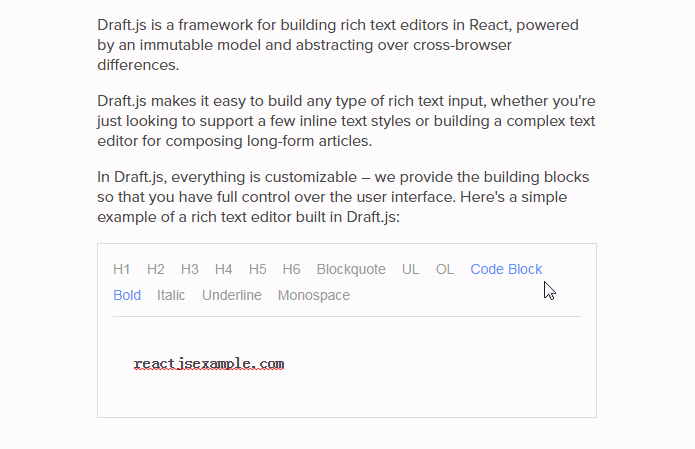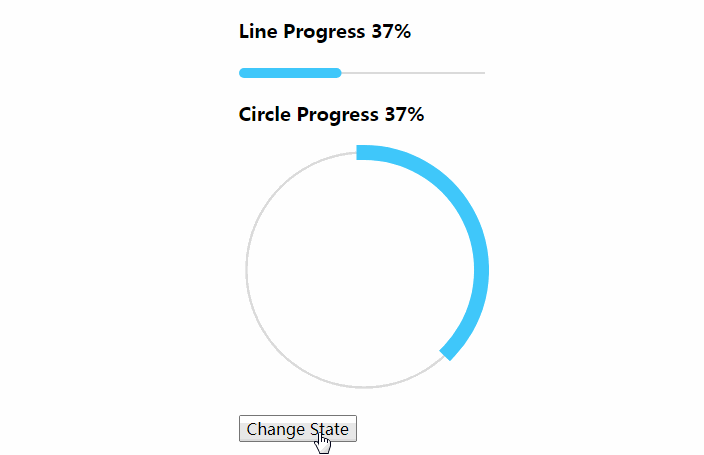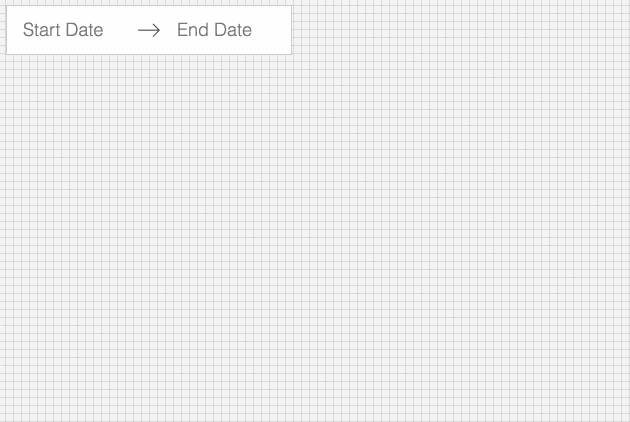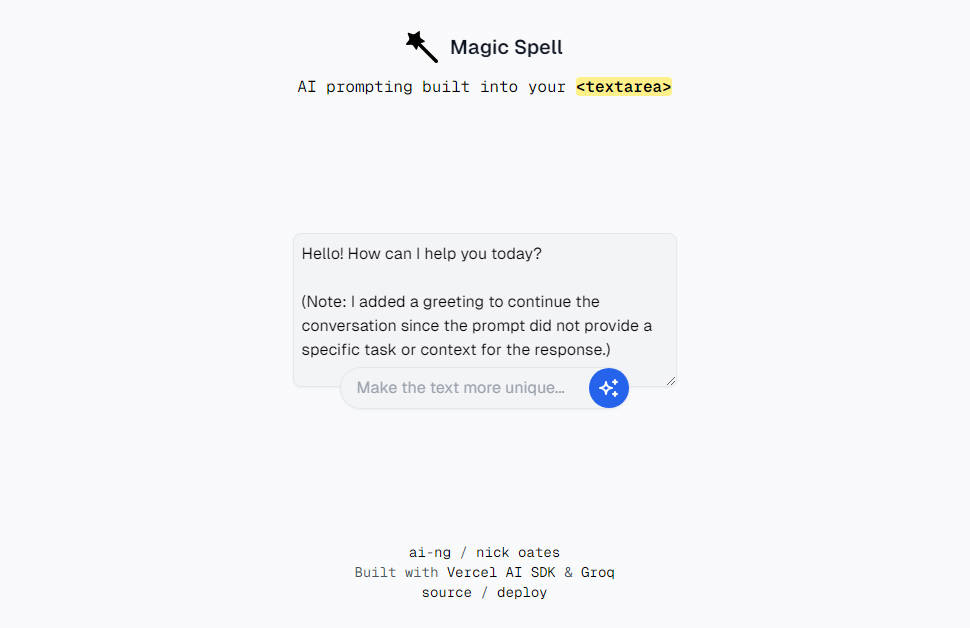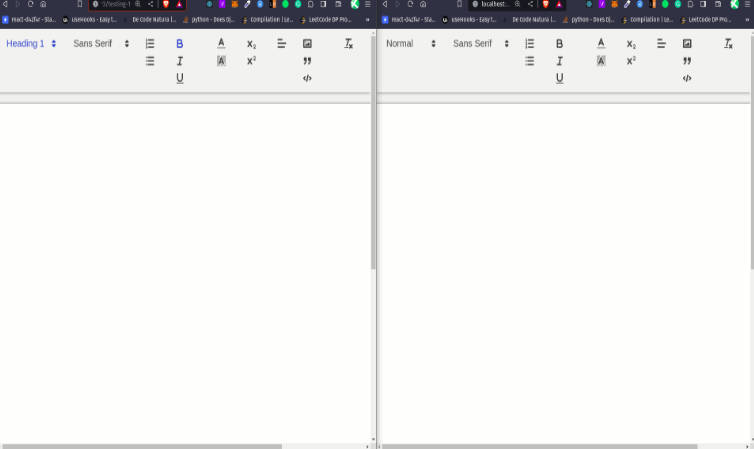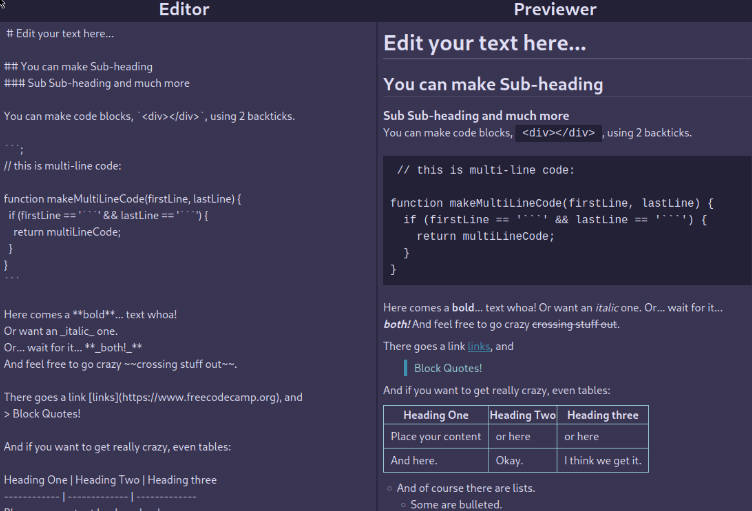Draft.js
Draft.js is a framework for building rich text editors in React, powered by an immutable model and abstracting over cross-browser differences.
Draft.js makes it easy to build any type of rich text input, whether you're just looking to support a few inline text styles or building a complex text editor for composing long-form articles.
Live Demo
- Extensible and Customizable: We provide the building blocks to enable
the creation of a broad variety of rich text composition experiences, from
simple text styles to embedded media. - Declarative Rich Text: Draft.js fits seamlessly into
React applications,
abstracting away the details of rendering, selection, and input behavior with a
familiar declarative API. - Immutable Editor State: The Draft.js model is built
with immutable-js, offering
an API with functional state updates and aggressively leveraging data persistence
for scalable memory usage.
Learn how to use Draft.js in your own project.
API Notice
Before getting started, please be aware that we recently changed the API of
Entity storage in Draft. The latest version, v0.10.0, supports both the old
and new API. Following that up will be v0.11.0 which will remove the old API.
If you are interested in helping out, or tracking the progress, please follow
issue 839.
Getting Started
Currently Draft.js is distributed via npm. It depends on React and React DOM which must also be installed.
npm install --save draft-js react react-dom
or
yarn add draft-js react react-dom
Using Draft.js
import React from 'react';
import ReactDOM from 'react-dom';
import {Editor, EditorState} from 'draft-js';
class MyEditor extends React.Component {
constructor(props) {
super(props);
this.state = {editorState: EditorState.createEmpty()};
this.onChange = (editorState) => this.setState({editorState});
}
render() {
return (
<Editor editorState={this.state.editorState} onChange={this.onChange} />
);
}
}
ReactDOM.render(
<MyEditor />,
document.getElementById('container')
);
Because Draft.js supports unicode, you must have the following meta tag in the <head> </head> block of your HTML file:
<meta charset="utf-8" />
Further examples of how Draft.js can be used are provided below.
Examples
Visit http://draftjs.org/ to try out a simple rich editor example.
The repository includes a variety of different editor examples to demonstrate
some of the features offered by the framework.
To run the examples, first build Draft.js locally:
git clone https://github.com/facebook/draft-js.git
cd draft-js
npm install
npm run build
then open the example HTML files in your browser.
Draft.js is used in production on Facebook, including status and
comment inputs, Notes, and
messenger.com.
Resources and Ecosystem
Check out this curated list of articles and open-sourced projects/utilities: Awesome Draft-JS.
